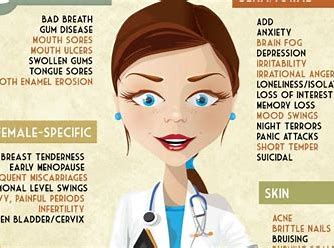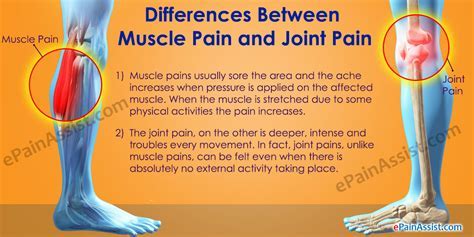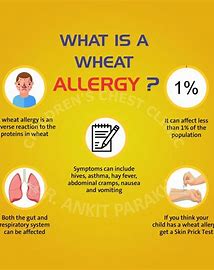Symptoms Of A Gluten Intolerance
Gluten intolerance is a fairly common concern these days. Though often overlooked by most of the population, gluten intolerance can cause uncomfortable side effects, sure to reduce your quality of life.

All forms of gluten intolerance are characterized by adverse reactions to a protein (gluten) found in barley, wheat, and rye. Sometimes, these intolerances are caused by celiac disease or a wheat allergy.
Other times, people suffer from “non-celiac gluten sensitivity,” which refers to a generic intolerance to gluten.
Interestingly, though many people are aware of the issue of gluten sensitivities and intolerances, there are still many who can’t identify the signs or symptoms.
If you think you have a gluten intolerance, these are the signs you’ll need to watch out for.
Symptoms of Celiac Disease
The first symptoms to be aware of are celiac disease, the most severe form of gluten intolerance. This is an autoimmune condition that affects around 1% of the population overall.

If you have this condition, you may experience significant symptoms and can even suffer from damage to the digestive system.
Celiac disease causes various symptoms, from problems with your skin to fatigue. Some of the most common symptoms to watch for are:
● Diarrhea and constipation: Inflammation in the small intestine is standard, as are smelly bowel movements and severe discomfort.
● Fatigue: Feeling tired is common among those with celiac disease - several factors like chronic pain and sleep disruptions contribute to this.
● Skin conditions: Blistering psoriasis, alopecia, and chronic urticaria are all common.
● Anxiety and depression: People with digestive issues are more prone to issues with depression and anxiety.
● Iron-deficiency anemia: This condition can cause symptoms like fatigue or shortness of breath, as well as pale skin.
● Sudden weight loss: Lack of ability to digest food correctly often leads to weight loss.

● Joint and muscle pain: People with celiac disease can sometimes suffer from pain in their joints and muscles caused by sensory neurons.
● Leg or arm numbness: This is common in individuals with vitamin B12 deficiencies due to their condition.
Symptoms of Non-Celiac Gluten Sensitivity
If you have gluten sensitivity without celiac disease, you may experience less traumatic symptoms. However, these conditions can still be highly uncomfortable and influence your quality of life.
It’s best to get guidance from a doctor if you encounter any of the following problems when eating gluten:

● Bloating: Bloating is very common with gluten intolerance because it is difficult for the body to process the protein correctly.
● Diarrhea and constipation: These issues are often triggered by the consumption of food that contains gluten.
● Stomach pain: Abdominal pain is a common condition with numerous explanations, but it’s frequently connected to gluten issues.
● Headaches: Many people with gluten intolerance experience headaches and migraine attacks. Studies show gluten intolerance can make these issues more common.
● Fatigue: Feeling tired is common and not usually linked to a specific condition. However, if you feel exhausted, you should explore the possibility of underlying causes.
● Depression and anxiety: Depression and anxiety are common side effects of severe pain and discomfort for people with gluten intolerance.
● Brain fog: Some people with gluten intolerances struggle to focus on specific topics or tasks after consuming gluten. This is a condition referred to as “brain fog.”
Symptoms of a Wheat Allergy
Sensitivity is not the same thing as an allergy. If you have an allergic reaction to a substance, this is an immune system response caused when your body reacts poorly to a particular substance.
A wheat allergy can be potentially life-threatening, so it’s essential to avoid wheat at all costs if you have this condition.
Symptoms of a wheat allergy might include:
● Skin rashes: Rashes and itching are natural responses to all kinds of allergies, including wheat allergies. Redness and hives may also be common.

● Digestive issues: People with allergies to wheat often experience digestive issues, including cramping, pain, nausea, vomiting, and diarrhea.
● Nasal congestion: A runny nose, congestion, or sneezing can all be signs of a wheat allergy, particularly if you have a condition called “Baker’s asthma.”
● Anaphylaxis: This is a very severe form of allergic reaction that can be life-threatening. It often causes a range of symptoms, including swelling and difficulty breathing.
Get Guidance From A Doctor If You’re Unsure
Whether you’re concerned you might have a gluten intolerance or you’re worried you may be showing signs of a wheat allergy, the best thing you can do is seek guidance from a medical professional.
All three conditions mentioned above can be tough to manage on your own, and some can be more dangerous than others.
Please share your thoughts and any response you may have in the form below.



